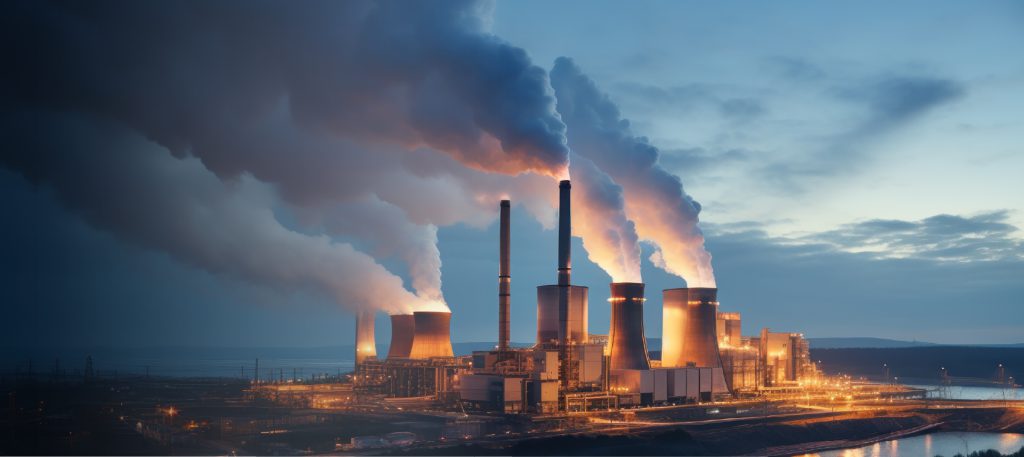


A escolha dos colectores de pó começa com a compreensão das caraterísticas da indústria. Os principais factores incluem o tipo de poeira, a concentração e as normas de emissão. Por exemplo, o pó de madeira é diferente do pó de metal, pelo que a correspondência entre os colectores de pó e o cenário garante a eficiência.
(1) Indústria da madeira
O pó de madeira é leve e inflamável. Os colectores de pó ciclónicos funcionam bem neste caso - utilizam a força centrífuga para separar as aparas de madeira grandes. Emparelhe-o com um filtro coletor de pó para reter as partículas finas. Isto evita a acumulação de pó e os riscos de incêndio.
(2) Indústria de transformação de metais
A retificação de metais produz poeiras afiadas e pesadas. Os colectores de pó industriais com elevado volume de ar são ideais. A sua estrutura robusta resiste ao desgaste e os filtros de 0,3μm bloqueiam as partículas metálicas minúsculas, protegendo o equipamento e os trabalhadores.
(3) Indústria química
As poeiras químicas podem ser corrosivas. É necessário um sistema de colectores de poeiras com materiais anti-corrosão (como o aço inoxidável). As condutas fechadas evitam a fuga de poeiras, cumprindo os requisitos ambientais rigorosos requisitos.
(4) Indústria de transformação de alimentos
A higiene é fundamental neste caso. Um coletor de pó portátil com filtros fáceis de limpar adapta-se a pequenas estações de trabalho. Evita a contaminação cruzada e mantém as áreas de produção esterilizadas.
Não ignore a mobilidade: Para estações de trabalho flexíveis, escolha um coletor de pó portátil em vez de modelos fixos.
Dar prioridade à manutenção: Opte por colectores de pó com filtros fáceis de substituir para reduzir o tempo de inatividade.
Verificar a conformidade: Certifique-se de que os colectores de pó cumprem as normas de emissão locais para evitar problemas regulamentares.
A eficácia de um coletor de pó depende de uma seleção adequada. Deve estar em conformidade com as caraterísticas do pó, a dimensão do espaço de trabalho e as normas rigorosas da indústria. Em primeiro lugar, confirme as principais propriedades do pó, como a dimensão das partículas, o peso, a corrosividade e se é inflamável. De seguida, considere se o espaço de trabalho necessita de uma instalação fixa ou de um modelo móvel com base na flexibilidade da produção. Por fim, certifique-se de que cumpre totalmente os limites de emissão ambiental local e as especificações de segurança de funcionamento. Seguindo esta lógica, os colectores de pó podem não só conseguir uma remoção de poeiras eficiente e estável, mas também reduzir o desgaste do equipamento provocado por uma utilização incorrecta, diminuir os potenciais riscos operacionais e, em última análise, apoiar uma produção estável a longo prazo para as empresas.
